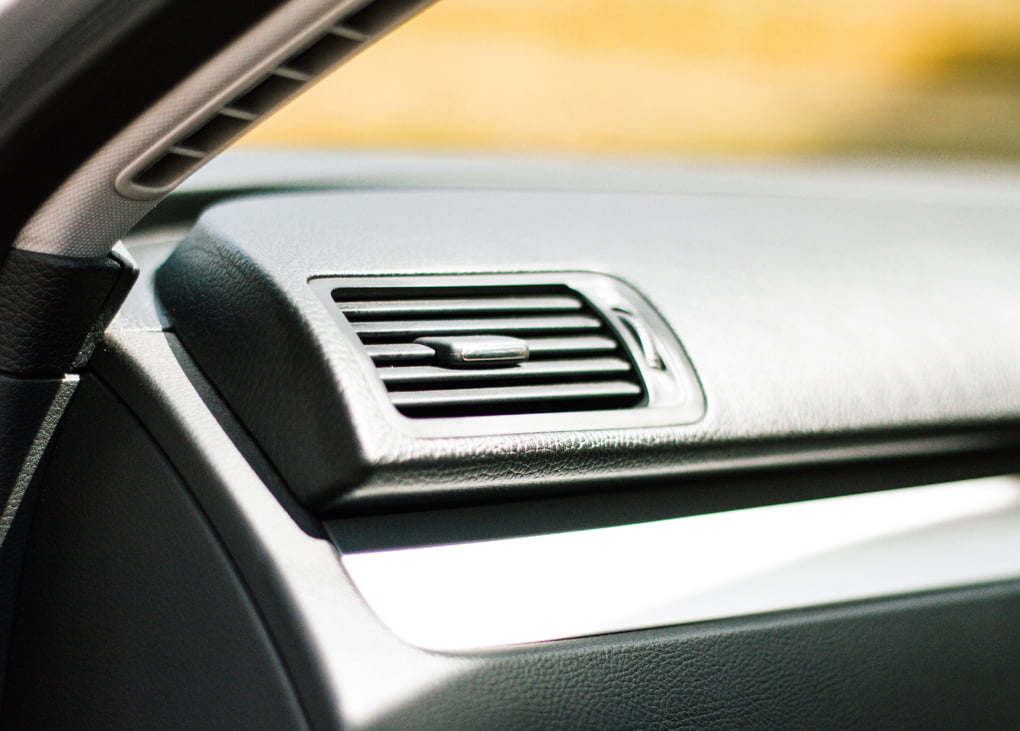US refrigerant manufacturer Koura has launched R456A, an alternative to R134a for automotive aftermarket applications.
R456A has a global warming potential of 626 – about half that of R134a. According to Koura, trials have shown R456A to be compatible with existing R134a automotive air conditioning systems while maintaining “high-quality, efficient performance”.
The development comes as Europe takes the next step in its HFC phase-down. Given the increased pressure on quotas – now down to 45 per cent of baseline – the new refrigerant could be an attractive alternative to R134a.
Accordingly, Koura is working to get EU (CE) and UK certification for the new refrigerant, and is engaging with distributors to bring R456A to market within the UK and EU.
Refrigerants Australia Executive Director Greg Picker says that R456A will mainly be of interest to the service sector.
“This clearly isn’t designed for new cars,” Picker says, “because it wouldn’t meet the requirements for new cars in Europe, which say gases have to have a GWP of less than 150. This is about managing the fleet of existing vehicles when they come in for service, where they’re putting in valuable quota tonnes just to keep car air conditioners working. This is a way to stretch those tonnes.”
In Europe, R134a has been banned for new cars given its GWP of 1,430; manufacturers have mostly switched to systems using R1234yf.
“The advantage of R1234yf as a replacement for R134a in new cars is that other than being mildly flammable, it is very similar to R134a in terms of its properties,” says Picker. “The temperature range it uses for its stability, its oil, the type of system … it did not require major changes in systems, so it’s been really successful.
“The problem is you can’t stick R1234yf in air conditioning systems in motor vehicles that weren’t designed for them because of safety issues.”
At first glance, the new refrigerant would appear to have some interest for Australia, where new cars are still being sold with R134a, and where this refrigerant is one of the largest parts of the country’s total refrigerant bank. According to the most recent Cold Hard Facts report, it made up 31.6 per cent of the total bank in 2019.
Picker says that right now, pressure on import quotas in Australia is not as acute as in Europe, largely because of the rapid transition in the split market from R410A to the lower-GWP R32, but in the future, such an alternative may come into play.
“Europe changed over in 2018 – that’s four years ago now – to not having cars with R134a systems,” says Picker. “Most of our cars still have R134a systems.
“So the longer-term use of this gas is far more likely here than in Europe. Slower uptake here, but a much more dramatic likely use and tail. In Europe, 10 years from now they won’t be using this gas; given how we’re still importing vehicles with R134a we could be, and by then it will matter.”
Picker says that the bigger game is tightening Australia’s rules for mobile air conditioning systems.
“Car air conditioners have a lot of gas in them in terms of percentage of where the bank is,” says Picker. “It’s a leaky application, and there are lower-GWP alternatives that are available that aren’t being used.
“That’s the kicker – we’re being slow. We always say we’re early adopters, but not here.”
 Mark Vender
Mark Vender


Leave a Reply